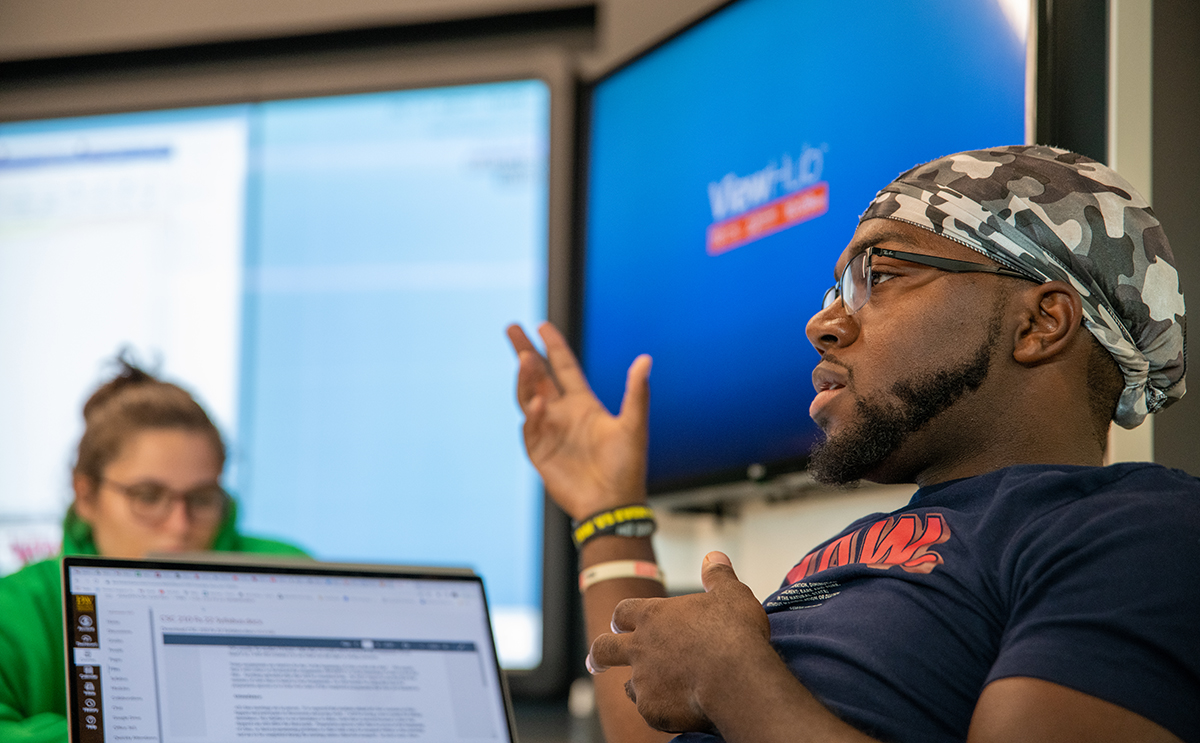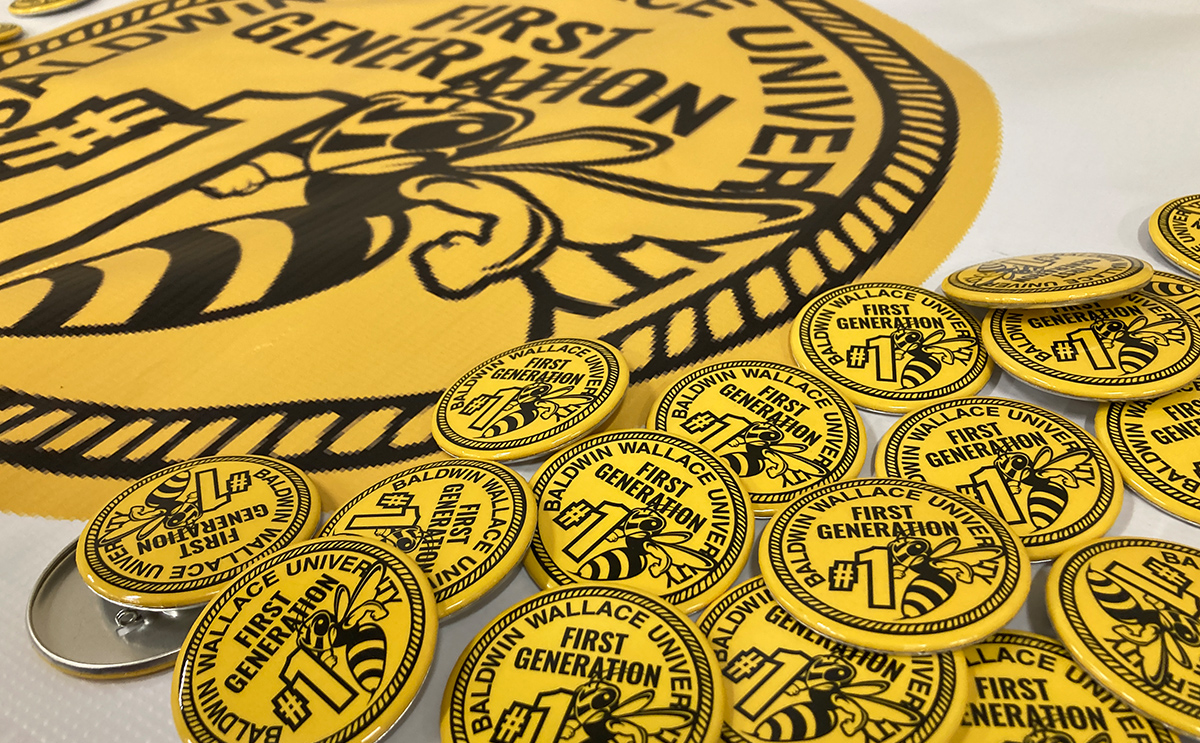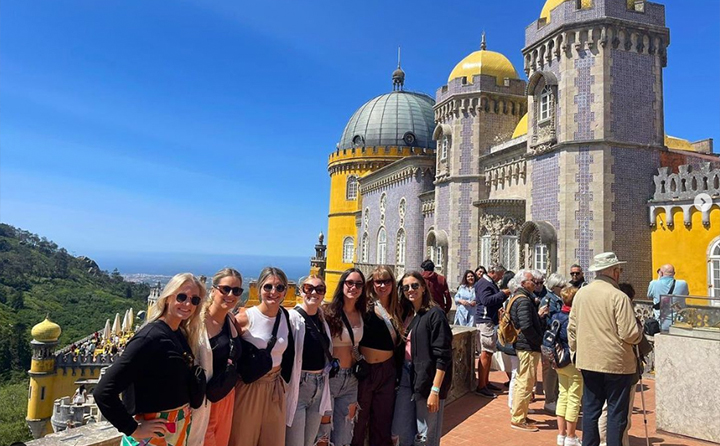Women thrived as BW took a stand for inclusion at 1845 founding

The history of Baldwin Wallace University can be traced, in part, to a resolute rejection of the sexist bias that excluded most women from obtaining an education in 1800s America.
 And
it
started
with
an
Ivy
League
snub.
And
it
started
with
an
Ivy
League
snub.
Among the important events that inspired BW's founding values of inclusion was the experience of Rosanna (Meloy) Baldwin, daughter of an Irish immigrant, who applied to and was rejected by Yale College on the basis that women were "not capable of higher learning."
Her son, BW founder John Baldwin, absorbed his mother's indignation at that discrimination and came to internalize the strong belief that attending college should not be reserved for white, wealthy men alone.
Founding values of inclusion
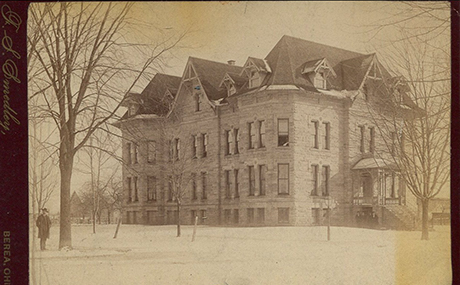 Intent
on
leveling
the
playing
field
-
for
women,
as
well
as
those
of
different
races
or
with
little
ability
to
pay
-
Baldwin
established
the
Baldwin
Institute,
a
college
preparatory
school
that
opened
to
all
who
"desired
to
do
good
and
get
good"
on
November
10,
1845,
in
Berea,
Ohio.
Intent
on
leveling
the
playing
field
-
for
women,
as
well
as
those
of
different
races
or
with
little
ability
to
pay
-
Baldwin
established
the
Baldwin
Institute,
a
college
preparatory
school
that
opened
to
all
who
"desired
to
do
good
and
get
good"
on
November
10,
1845,
in
Berea,
Ohio.
As BW history professor Dr. Indira Gesink explains in her book about BW's founding values, "Barefoot Millionaire," there were only three colleges in the country at the time that admitted both women and men and only one that also admitted African Americans (nearby Oberlin).
As an exception to the rule of the day, Gesink writes that Baldwin's new school attracted entire families to Berea as they sought an education for both their sons and daughters.
Eventually, two boarding halls for women were constructed, although the school would also go on to be an early pioneer in supervised coed housing.
First exceptional graduates
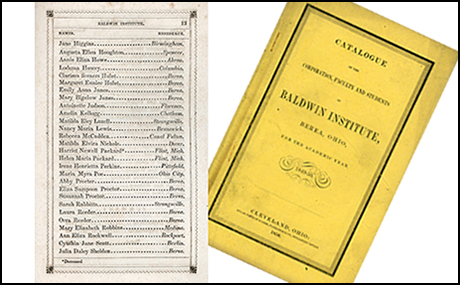 The
first
published
catalog
listing
the
school's
enrollment
in
1846
included
39
girls
out
of
100
students.
The
next
year,
87
of
189
students
were
young
"ladies."
The
first
published
catalog
listing
the
school's
enrollment
in
1846
included
39
girls
out
of
100
students.
The
next
year,
87
of
189
students
were
young
"ladies."
In June 1850, the Baldwin Institute took pride in announcing its very first graduate, a woman: Maria Myra Poe.
After the school became Baldwin University, the first graduating class to earn bachelor's degrees in 1859 included a woman, Harriet P. Magee, and four men.
Almost 25 years after John Baldwin founded his school, open to both men and women, and 10 years after Baldwin University awarded one of its first Bachelor of Arts degrees to a woman, the college that rejected the application of Baldwin's mother would begin accepting women (Yale, in 1869).
Putting their degrees to work
Gesink points out that the women who earned those early degrees from BW were not trained to return home "to their mother's kitchens to await for a wedding ring." Instead, many became professors and professionals.
Some of the most notable female graduates from the first 75 years of BW's 175-year history include:
-
Julia
E.
Wisner,
Class
of
1884
-
Missionary
to
India
working
in
schools
for
girls;
one
of
three
women
chosen
to
serve
on
a
commission
appointed
to
consider
English
education
in
India
-
Philura
Gould
Baldwin,
Class
of
1886
-
BW's
first
librarian
-
Harriet
Granger
Hulet
Walker,
Class
of
1886
-
American
hospital
administrator
and
leader
in
the
temperance
movement
-
Hazel
Mountain
Walker,
Class
of
1919
-
One
of
the
first
black
women
admitted
to
the
practice
of
law
in
Ohio
and
the
first
black
principal
in
the
Cleveland
Public
Schools
-
Judge
Genevieve
R.
Cline,
Class
of
1921
-
First
woman
appointed
to
a
federal
judgeship;
served
for
25
years
after
President
Calvin
Coolidge
named
her
to
the
Customs
Court
in
1928
- Jane Edna Hunter, Class of 1925 - Founder of the Phyllis Wheatley Association, a Cleveland settlement house for poor, single women who migrated north for work and a model for organizations nationwide
Women's History still in the Making
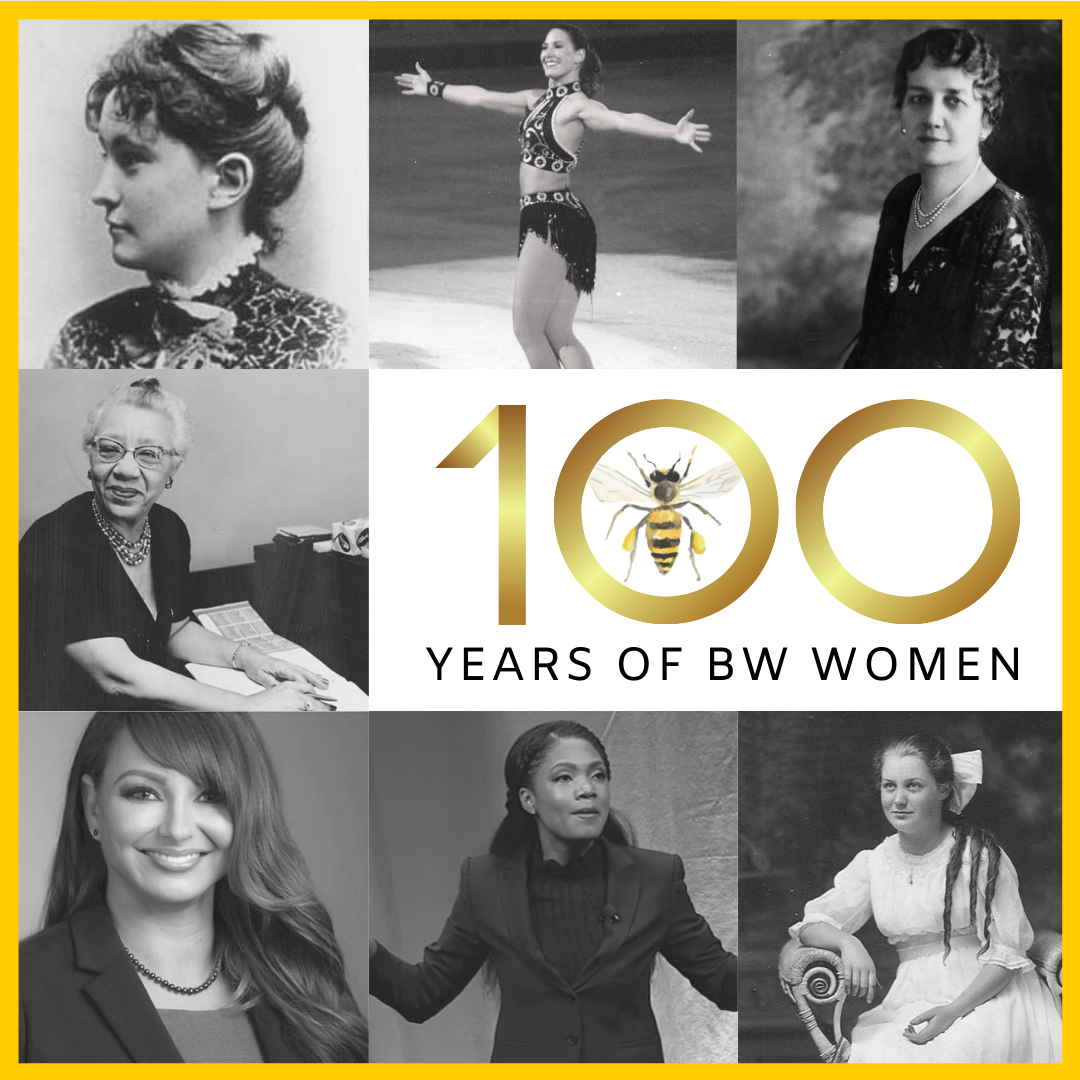 In
the
intervening
years
and
the
decades
since
those
early
pioneering
women
earned
and
applied
a
college
education,
many,
many
more
have
gone
on
from
BW
to
make
a
mark
in
the
world.
In
the
intervening
years
and
the
decades
since
those
early
pioneering
women
earned
and
applied
a
college
education,
many,
many
more
have
gone
on
from
BW
to
make
a
mark
in
the
world.
Today, Women for BW carries on a sisterhood of support for the next generation of women graduates.
Building on the legacy of the BW Women's Club, founded 100 years ago in 1921, the group works to "strengthen the course of women's philanthropy through the power of programming, engagement, and collective giving."

